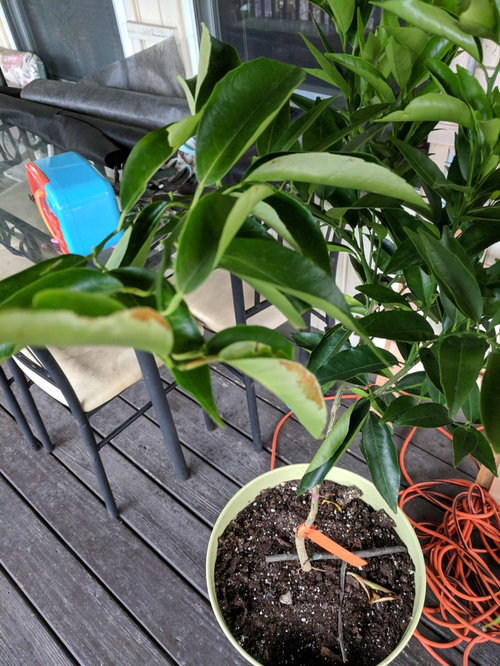
The fruit’s skin has a luxurious shine and is easy to peel. The clementine’s fruit are a rich orange color with a smooth rind.


(This has led to their being nicknamed the Christmas orange.) Clementines usually have thorns, adding to pest resistant qualities but making handling with gloves more comfortable. These blossoms will become delightful fruits, ripening between November and February. Clementines have round canopies with striking evergreen leaves, producing beautiful white flowers that exude a pleasing aroma. Tree / Fruit CharacteristicsĬlementines are known for their ornamental qualities that enliven their surroundings. This is far more consistent with origins in French Algeria.

Research has shown the clementine arose from a cross between Citrus deliciosa (willowleaf mandarin) and sinensis (sweet orange). This has been deemed less likely by botanists after genomic analysis. Some have postulated that the clementine originated in the Guangxi or Guangdong provinces of present-day China. It is from Brother Rodier that the clementine received its name in 1902. Rodier reportedly discovered the fruit in the garden of the orphanage in Misserghin. The clementine was discovered as a spontaneous hybrid by Brother Marie-Clement Rodier, C.S.Sp., a French missionary. The clementine is an older cultivar that originated in 19th century French Algeria. Clementines share a number of features with other varieties like tangerines and satsuma oranges, but plenty of qualities set them apart. This range within the variety makes clementines a popular tree with many different growers. Standard clementines have up to ten seeds, while Monreal clementines contain more. A cross between the sweet orange and the willowleaf mandarin, the clementine comes in three major types. Technically a tangor or temple orange, the clementine is a full-flavored citrus that tastes sweet and sour. The clementine tree is one of the best known citrus hybrids in the world.


 0 kommentar(er)
0 kommentar(er)
